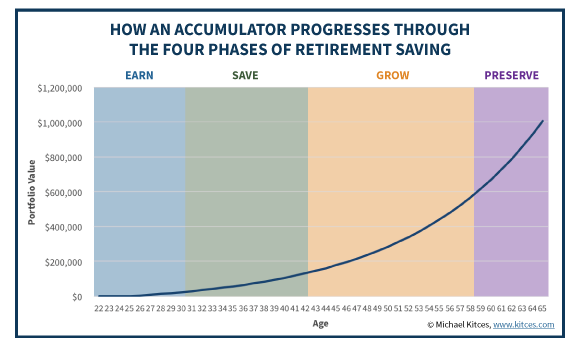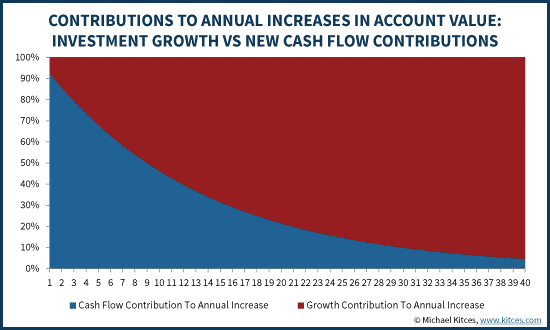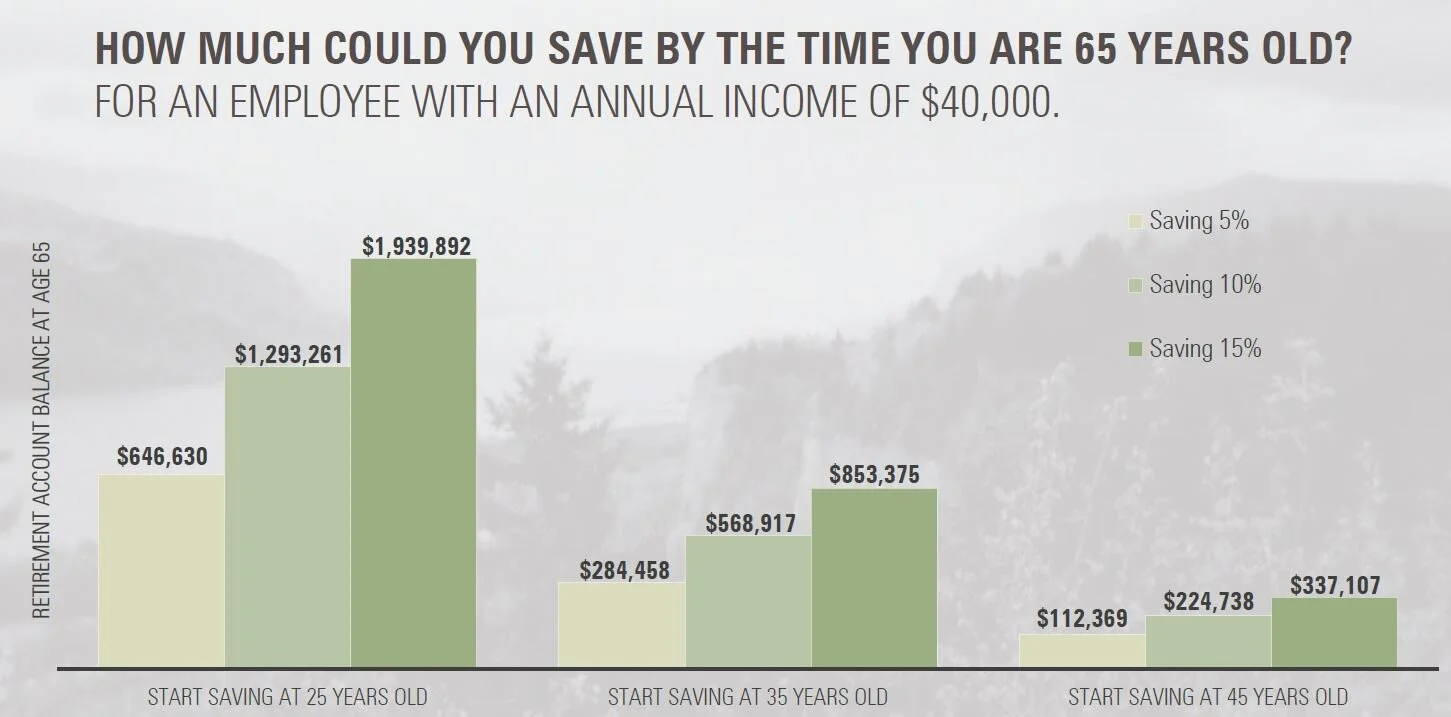Two Things to Consider When Managing Your Employee Stock Options.
Stock options are an interesting benefit. Instead of giving you actual shares of company stock, your employer gives you the “option” to buy a certain number of shares at a particular price. While options can be a tremendous benefit, they are frequently mismanaged causing you to either take too much risk or to miss out on most of the benefit. If you’ve been given employee stock options there are a couple of things to know.
First, there are a different types of stock options: Non-qualified Stock Options (NQs), Restricted Stock Units (RSUs), Incentive Stock Options (ISOs), etc. Second, the value of your stock options may differ from owning actual shares of stock. Understanding how options pricing works is key to getting the most from this potential benefit.
For this post, I’m going to focus on non-qualified stock options. Non-qualified stock options have a few moving parts that can have a major impact on your ending value - or whether there is any value at all. When an employer, such as Nike or Intel, gives non-qualified stock options, they come with a particular grant price. The grant price is the price at which you have the “option” to buy your shares of stock. Having an understanding of the stock price vs. the grant price will help you maximize the value and minimize your risk of loss.
The grant price is the key difference between owning actual shares of stock and a stock-option. Unlike owning actual shares of stock, your options value is based on the difference between the grant price and the actual stock price, not the value of the stock price itself. Therefore, if the actual stock price is greater than the grant price, your options have monetary value. If the stock price is below the value of the grant price, then your options have no value. For example, if you have 1000 shares of Nike options with a grant price of $65 and the actual stock price is $58, then that particular grant would be worth $0.
Here are two common mistakes I see employees make:
Mistake #1 – Selling Too Soon
Until the stock price exceeds your grant price by a significant amount, you will have only a partial benefit. For example, let’s assume the following:
You were granted 1000 shares
The share price is $60
Your grant price is $57
Since the stock price is $3 more than your grant price, your options would have a value of $3000 ($3 of value per share x 1000 shares). While $3000 is a nice amount of money, it would only equate to 50 shares of actual stock ($3000/$60=50 shares). If you sell at this point in time you would effectively lock in a value of 50 shares instead of the full 1000 that you were given. As the stock price increases, your effective number of shares increases as well.
To show how this works, let’s assume the stock price increases to $80/share. How do your 1000 options look now? The new stock price of $80 gives you a value of $23/share ($80 - $57 = $23). Your new options value is $23,000 ($23 x 1000 shares). At this price, you’d have the equivalent of 287.5 shares ($23,000/$80=287.5).
In addition, you will notice that while the stock price went up from $60 to $80 in our example (an increase of 33%), your option value increased from $3000 to $23,000 (an increase of 667%). This is a phenomenon that is unique to stock options and one that can provide a lot of upside benefit. However, as you’ll see below, it can also expose you to more risk than you might think.
Mistake #2 – Holding on too long
For those of you who’ve seen some nice growth in your options over the years, you are possibly taking a lot more risk than you need to. As you saw in our previous example, option value can rise significantly greater than the price of the stock itself. The flip side is that if the stock price declines, your options will go down in a greater percentage than the stock itself. Again, this is caused by the fact that you were not given 1000 actual shares of stock, but the “option” to buy 1000 shares at a price of $57/share.
To further demonstrate this, let’s use the reverse of the example above. If the stock price goes from $80 down to $60, a person who owns actual shares of that stock would lose 25% of their account value. However, since you have a grant price of $57 your options would go from $23,000 down to $3000. That’s a loss of 87%!
Summary
Without a strategy for managing your stock options, you could be leaving a tremendous amount of money on the table and/or exposing yourself to a lot of unnecessary risk.
There’s no guarantee how any stock will perform in any given time-period, but with a proper strategy you can maximize your option value and minimize your risk, helping you stay on track with your financial goals.
If you would like help putting a strategy together to make sure you’re maximizing your options, give us a call at 503-905-3100.

































































